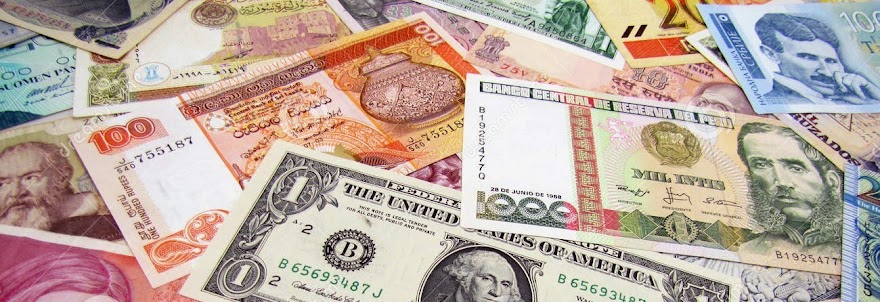Compiled by
Nilaish
Mem. IBNS, L.M. (IBNS-IBCC)
Early Paper of India: Presidency Banks Issues
(1800-1860)
ca. 1791 - General Bank of Bengal and Behar (Bihar) hand sketch of C.N. Cooke (Accountant of Bank of Bengal (1863). Promissory Note Contemplation.
1806 - Bank of Calcutta was formed in Bengal Presidency. It may have issued notes but essays were made recorded by Symes (1904). No information beyond this is known.
1810 - Bank of Bengal (1809) designed promissory notes, earliest recorded date is 1812. These notes were uniface series (1812-1822). The last date recorded of this type is 1819. Gold Mohur notes were issued in Aug. 1816. One gold mohur = 16 sicca Rupees.
1823-56 - Bank of Bengal issued promissory notes with vignette of personified maiden sitting by the quay with articles of merchandise called, 'COMMERCE SERIES'. There are some varieties in the types. [Image Courtesy: Todywalla]. The notes were denominated in 'Sicca Rupees' and later by 1836 changed to 'Company's Rupees' and followed till 1856.
1840 - Bank of Bombay was formed. The recorded dates of its promissory notes are 1851, 1854, 1855, 1856, 1857, 1859, 1860. The notes were signed by John Stuart and James Blair.
1843 - Bank of Madras was founded. The recorded dates of its promissory notes are, 1845, 1849, 1851. The notes were signed by Robert Hunter (Secretary & Treasurer).
1857 - Bank of Bengal issues Britannia series [above]. It was issued by Major William Erskine in the early 1857 at Sauger.
Government of India
UNIFACE SERIES
(1861-1926)
Image Courtesy: Rezwan Razack
1861 - New Currency act was passed. The presidency banks and private banks were halted to issue notes by law. Currency department was formed to take over notes issued in provinces. The term used for the first time is, 'Currency Notes'. Controller of Currency issued notes. First series were Queen Victoria portrait issues [see above]. Notes were issued in denominations, Rs. 10, Rs. 20, Rs. 50, Rs. 100, Rs. 500 and Rs. 1000. Soon forgeries were made [see below] and it required to change the design.
Rs. 100 forged note was held in court against a forger in 1869.
1871 - Uniface designs with green underprint were issued [see image]. Five Rupees notes were issued for the first time. The denominations issued were Rs. 5, Rs. 10, Rs. 20, Rs. 50, Rs. 100, Rs. 500, Rs. 1000 and Rs. 10,000.
Earliest five rupee note known dating to 24 June 1871 signed by F. Lushington.
Image Courtesy: Rezwan Razack
Ten Rupees dating to 15 Aug 1904 signed by A.F. Cox [Serial number RA/16 85548].
Private Collection: Nilaish
1910 - Uniface designs with red underprint were issued [see image]. The Rs. 10 notes were universalized.
Ten Rupees dating 4 Oct 1919 signed by MMS Gubbay
1917 - One Rupee notes were issued 31 Nov 1917. This is the first time that India observes one rupee notes issued. The first series were issued in booklets and wrapped in brown ribbon with a count of 25 notes. The notes were signed by MMS Gubbay, AC McWatters and H. Denning.
1918 - Two Rupees Eight Annas notes were issued.
1925 - First series of King George V portrait series notes were issued for Rs. 10.
1927 - Second Series of King George V portrait series were issued for Rs. 5, Rs. 10.
ca. 1930 - Third series of portrait notes were issued.
WORK IN PROGRESS.





























